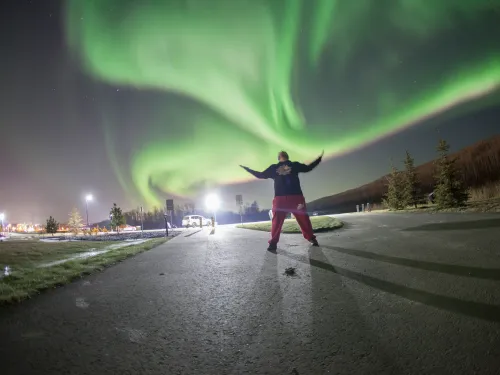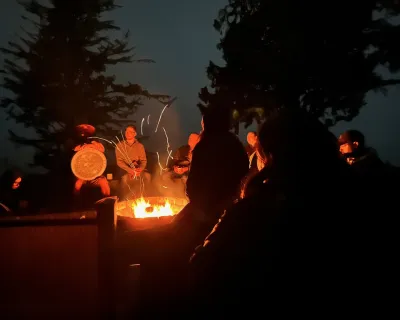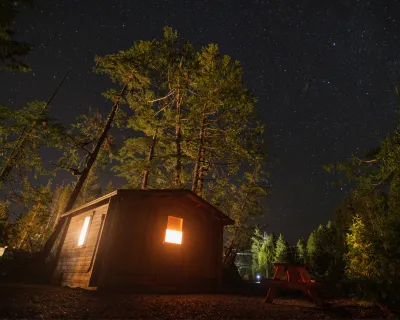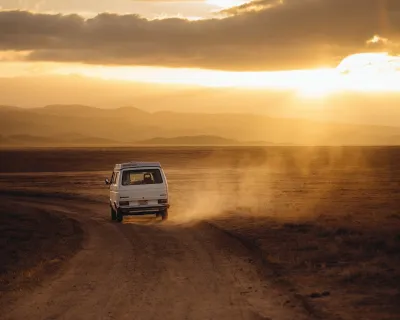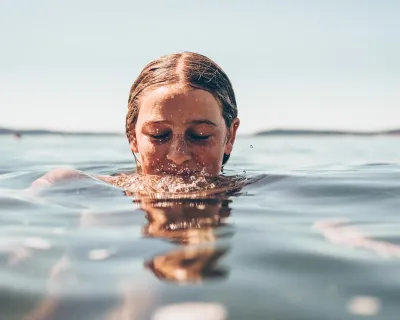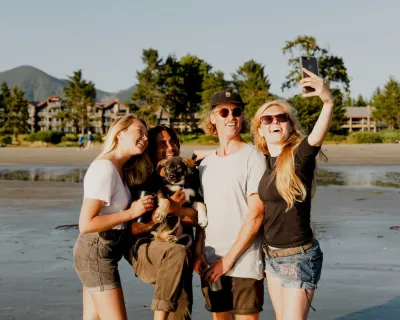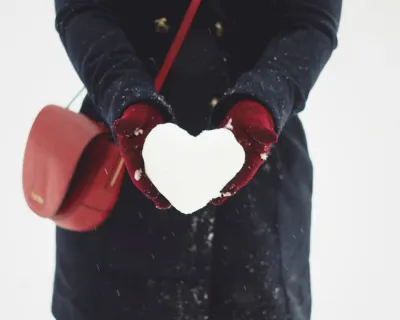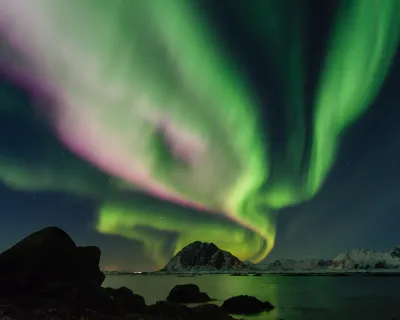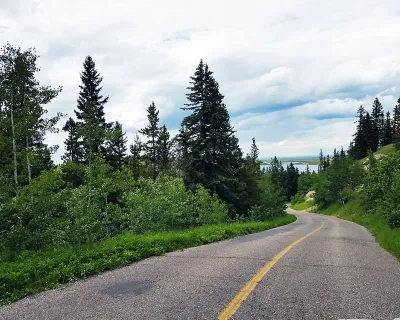It’s a marvelous night for a sky dance
The Northern Lights remind us how incredible nature is
By LISA MONFORTON
Fort McMurray, AB – Bill Rockwell points to his computer screen and shows me a glowing green band called the Auroral Zone that surrounds part of Canada.
“Here’s Fort McMurray … and the chances of seeing an Aurora tonight are pretty good,” he says, pointing to the screen that predicts the chances of seeing the Northern Lights on a given night.
Through winter 2018/19 SnowSeekers has teamed up with #SkiNorthAB partners and contributors to bring you #SkiNorthAB - a season of exceptional video, photo and stories to inspire you to #ExploreAlberta via a #SkiNorthAB adventure. Read on...
“But how bright it’s going to get is anyone’s guess. It’s like playing the horses,” he says, toying with my expectations.
But that is the coy nature of the celestial sky.
Rockwell, a local photographer, has been guiding night-sky lovers for more than 20 years, helping them to capture on camera the Aurora Borealis or Northern Lights. It’s often a once a lifetime experience for many people who come here from all world to see the dancing bands of colours that can take on many shapes in colour.
Rockwell has seen hundreds of iterations of the Northern Lights – in its most common fluorescent green glow and at it’s most spectacular, called the Coronal Aurora. That’s what Rockwell describes as the “Champagne of Auroras,” which looks like a starburst in a rainbow of violet, pinks and scarlets, but can include dozens of hues.
He has seen people cry or become speechless at the sight. “It just wakes something up in you,” he said.
Though the Aurora have mesmerized and awed, and even frightened people for millennia, there is a scientific explanation, says Jean-Paul De Villiers, the astrophysicist accompanying us on this night.
The Northern Lights are actually geomagnetic storms in the upper atmosphere – an electrical current that causes oxygen and nitrogen in the atmosphere to appear like a fluorescent light. Depending on the level of activity, determines the intensity of the colours and motion.
Fort McMurray has two special things going for it when it comes to Northern Lights viewing, and is considered one of the top viewing destinations in North America.
“I don’t want to diss the Arctic, but if you want to stay warmer you come here,” chuckles Rockwell.
The other advantage is the longer viewing season, which can go from August until May.
“That, he says, makes us quite cool.”
And by cool, we are talking -20C on this February night.
It’s 10:30 p.m., and we’ve driven about 25 kilometres south of the city on the dark highway that leads to our staging area.
Warming up with a cup of tea, I head out for what will be my first time at hopefully see with my own eyes – and to capture on my camera the Northern Lights, with the help of Rockwell – if the celestial gods choose to give us a show tonight.
It’s awfully quiet out here and the only sound is the squeak of my boots on the snow.
“There’s Venus,” says De Villiers, who also teaches physics at the Keyano College in Fort McMurray. The bright spot, larger than your average star, is low in the northern sky as I look through his telescope.
Above us are thousands of tiny pin pricks of light, a show of double star clusters, constellations and nebula, difficult to spot in big cities full of light pollution.
But out here, it’s clear and the constellations have taken their place in the sky like actors on a giant black velvet stage: Orion’s Belt with a visible nebula in his sword. (A nebula is where new stars are formed, I learn.) Not far from Orion is the Pleiades star cluster. Then there’s the Big Dipper, the Little Dipper, Hydra and the list goes on and on.
Getting close to midnight, De Villiers calls me over almost in a whisper so as not to disturb the show that’s about to begin. And there over the horizon a wispy ghostlike strand waves low in the sky. Above are two vertical strands called “arcs.”
I press the shutter on my camera and hold my breath, counting down the 20 second time exposure. And there it is, a beautiful band of glowing green in my viewfinder. The next photo captures the arcs and a part of what De Villiers calls a “curtain.”
We even glimpse a faint bit of a red hue on the periphery of the wisps. “We’re very lucky,” says De Villiers, who was also doubtful we’d see much on this night.
But that is the allure of the elusive Aurora. Like a moody diva, she may or may not decide to dance for you.
And it’s at this moment you realize how incredible nature is.
Some night-sky photo tips from Bill Rockwell:
-
Be familiar with our camera settings. Many people will go out and buy a new camera for their viewing of the Norther Lights. “It’s a very big deal, they’ve seen photos,” says Rockwell. But you need to have a lot of manual control over your camera. “I’ve never heard of an automatic setting on a camera capturing the Aurora.”
-
Buy a tripod because you’ll be using long exposures, and for that, you need stability.
-
Bring extra batteries because the cold will drain them quickly.
-
The rest is composition. In Rockwell’s opinion, one-tenth of the photo should have a trees, people or a structure in the picture to give a better perspective. The other nine bits should be the sky.”
-
Lastly, if your camera doesn't work, just look up, sit back and enjoy it through the best camera there is – your eyes.”
If You Go
-
Check out http://northernlightsoutdoorexcursions.com/ for packages that includes transportation, snacks, hot drinks, informative pre-viewing talk, guidance from a professional astronomer and night-sky photographer.
-
Check out http://www.fortmcmurraytourism.com/explore-wood-buffalo/northern-lights for more tour packages and suggestions for the best viewing spots if you want to head out on your own.
-
Looking for a special occasion? Pair an Aurora viewing with a stay at Chez Dube, a gorgeous, cosy country Victorian Inn located on the edge of downtown Fort McMurray.
Through winter 2018/19 SnowSeekers has teamed up with #SkiNorthAB partners and contributors to bring you #SkiNorthAB - a season of exceptional video, photo and stories to inspire you to #ExploreAlberta via a #SkiNorthAB adventure. Read on...
Follow us on Facebook for new inspiration and new destinations to explore.
